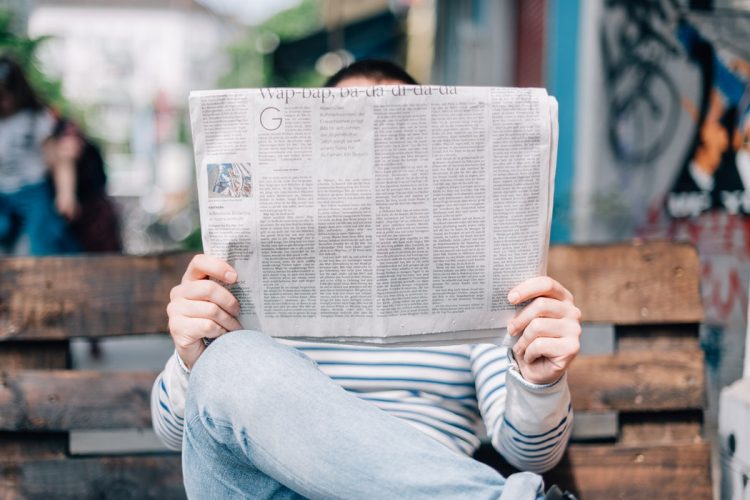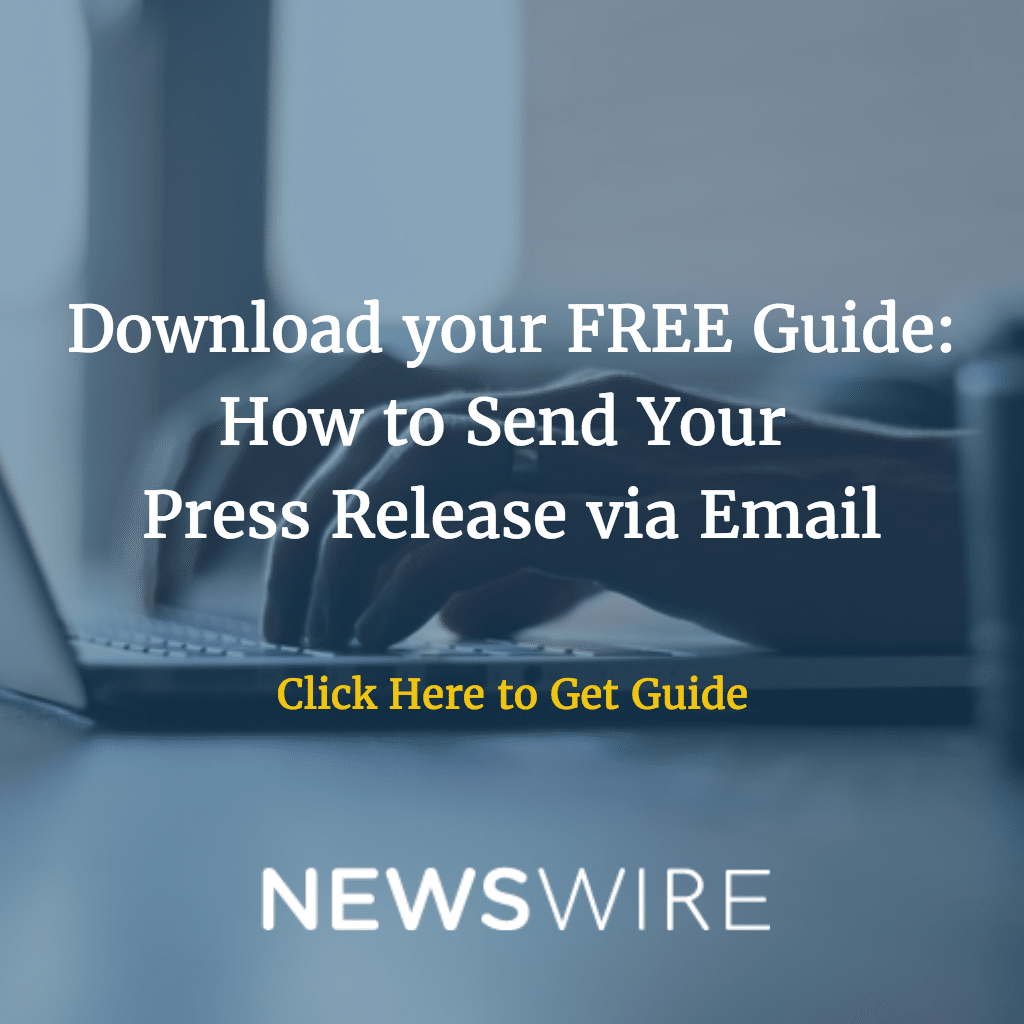
Should Press Releases Be Written For Journalists Or For Readers?
Many marketers new to press releases ask whether a press release should be written for journalists, or for readers of newspapers, magazines, blogs, and so on. The answer, ideally, is both.
What is a press release?
A press release is designed to communicate important and useful information to the press. Journalists are looking for well-written stories that are compelling and relatable to their followers.
With stories flying left and right, journalists search for the best of the best. They are looking for press releases that need as little editing and fact-finding as possible. . The better your press release in terms of content, grammar, and punctuation, the better your chances of getting a media pickup if the information you are sending is genuinely newsworthy.
What makes a great press release for both audiences?
1-Attention-grabbing headline
People will never read your release, no matter how great it is, if you don’t start with a strong headline.
2-Supporting subheadline
This is like a brief preview of what your article will be about. It supports the headline and entices people to read on.
3-The 5Ws
The 5Ws are a checklist journalists use to make sure they have included the most important facts related to their story. The 5Ws are:
- Who
- What
- When
- Where
- Why
Who is the story about, what is happening, when did it or is it happening, where, and why.
Here are two examples:
Launching a new product: You would “fill in the blanks” to make sure readers learned more about your product and why it is worth paying attention to.
Hosting an event: You would want to provide factual details to readers so they would know when and where to attend and provide enough interesting information to make them feel excited about going, including your local journalists.
4-The inverted pyramid style
The inverted pyramid has its base at the top and narrow point at the bottom. This means all the most important information is in the first paragraph or two, and everything else in paragraphs 3 and 4 counts as extra information to enhance the story and connect with the audience.
Paragraph 1-the introduction and as many of the 5Ws as you can fit
Paragraph 2-any of the 5Ws remaining, and additional information as needed, such as facts, figures, statistics, and/or quotations
Paragraph 3-any other additional information, and a call to action (see below)
Paragraph 4-the boilerplate (see below)
5-A strong call to action
What do you want people to do once they have read your press release? The action should make sense for both journalists and the target audience. A good example would be to offer a free download that contains useful free information, such as an ebook.
6-The boilerplate
The boilerplate is a brief description of your company. It should be interesting enough to show why your company is worth paying attention to.
It should also include your main contact who will be able to follow up with journalists if they have questions about the press release. Include:
- name of the contact
- phone number
- email address
7-Media
Studies have shown that press releases which contain images get picked up much more frequently than those that don’t. The video is also becoming a top selling point for online journalists looking for interesting stories their audiences will love.
Again, think of the audience for the video. It will be for anyone interested in learning more, seeing a demonstration of your product, interested in questions and answers from your company, and so on. This could be journalists or their readers.




